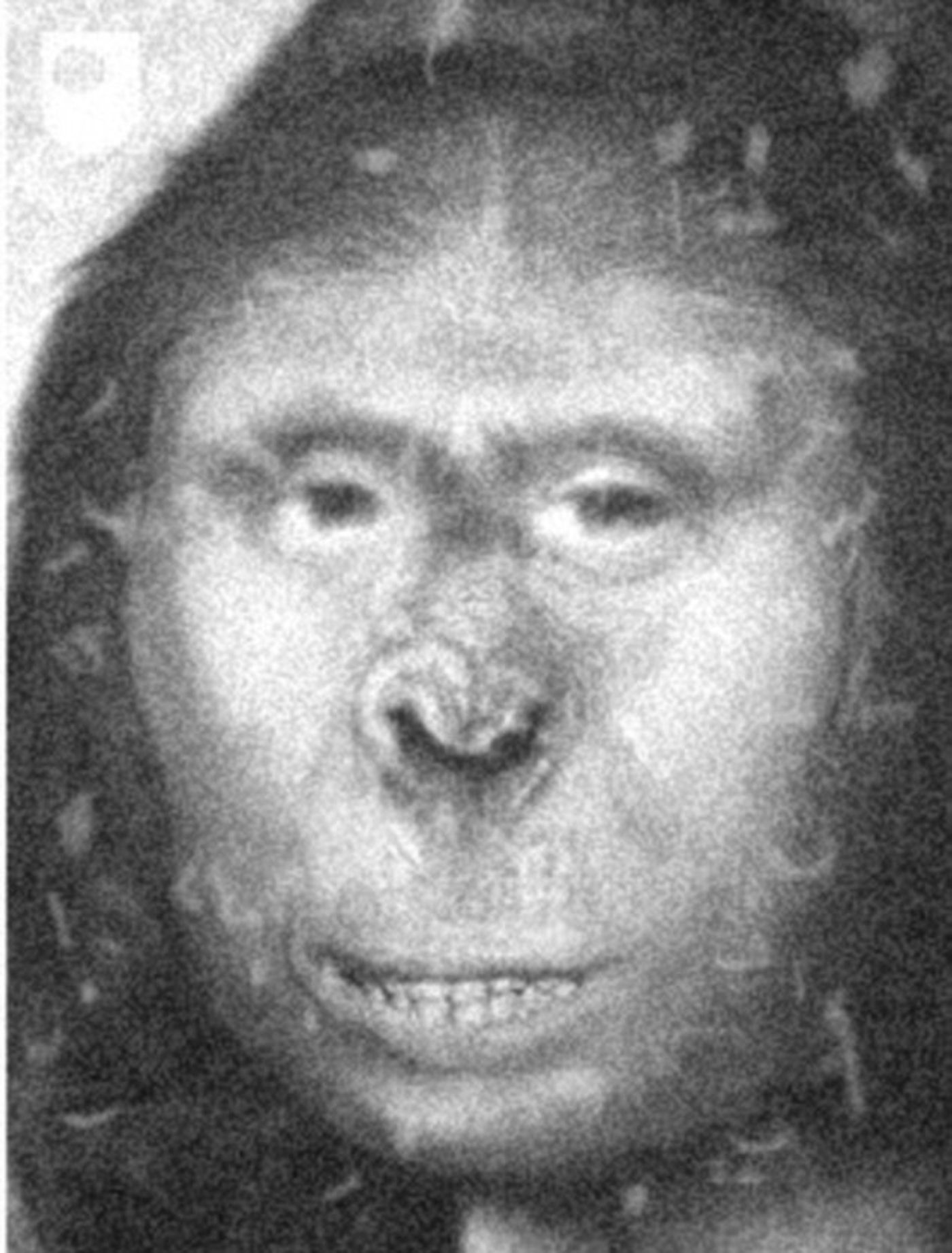Videos
Robots Bridge Social Gap in Autism
APR 06, 2015 9:50 AM PDT
Share
Was a 6ft 6in, 19th-Century, Russian Woman Serf Actually the Fabled Yeti?
 That's what a leading geneticist at the University of Oxford is claiming based on results of DNA testing.
That's what a leading geneticist at the University of Oxford is claiming based on results of DNA testing.Her name was Zana. She was 6-foot, 6-inches tall and, according to witnesses living at the time, had "the characteristics of a wild animal." She was allegedly covered in coarse hair, could outrun a horse, and would swim across the Moskva river even when it rose in "violent high tide."
Famously known as the "ape woman," experts believe that Zana was found lurking in the remote region of Ochamchir in the Republic of Abkhazia. She was captured by a local merchant in the 1850s who hired a group of hunters to subdue and shackle her in the mountainous terrain. Professor Bryan Sykes of the University of Oxford claims Zana was kept in a "ditch surrounded by sharpened spikes" and sold from owner to owner until she came to serve nobleman Edgi Genaba as a servant.
Professor Sykes believes that the towering woman could have been the fabled yeti. And he has evidence to back that claim up.
Zana had at least four children by local men and some of her descendants still live in the region. When Sykes carried out DNA tests on the saliva of six of her living relatives and the tooth of her deceased son Khwit, he discovered that they all contained the right amount of African DNA for Zana to be "100 per cent African," but remarkably, she did not resemble any known group.
Some have argued that she was a runaway Ottoman slave but Professor Sykes says her "unparalleled DNA" refutes that theory. He believes her ancestors came out of Africa over 100,000 years ago and lived in the remote Caucasus for many generations.
Zana was eventually "tamed" by a nobleman who bought her as a servant and kept her on his estate in Tkhina in the Republic of Abkhazia. Accounts from the time claim she was incredibly muscular, slept outdoors and ran around naked until she died on the estate in 1890.
Some of Sykes' colleagues doubt his other findings - which include a claim that an unknown species of bear might account for yeti sightings in Bhutan. Despite the lack of hard proof from the analysis of the alleged "yeti hairs," he says he has developed a strong sense that "something is out there" after speaking to dozens of witnesses.
Professor Sykes could not say if the yeti, bigfoot or the Russian almasty is the best candidate for a surviving race of human "apemen." He said: "Bigfoot has many more people trying to find it. But I suppose either the yeti or the alma / almasty, which live in inaccessible and very thinly populated regions, is the most likely."
Source: dailymail.co.uk
You May Also Like
Loading Comments...








